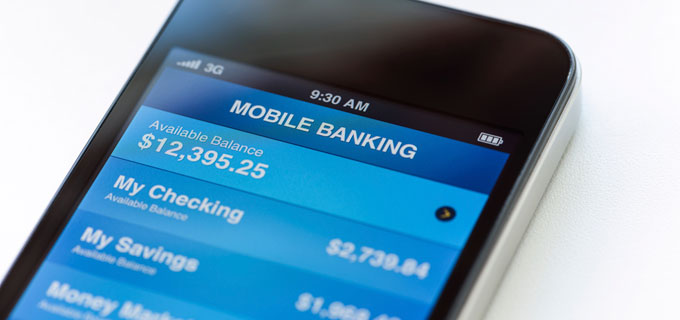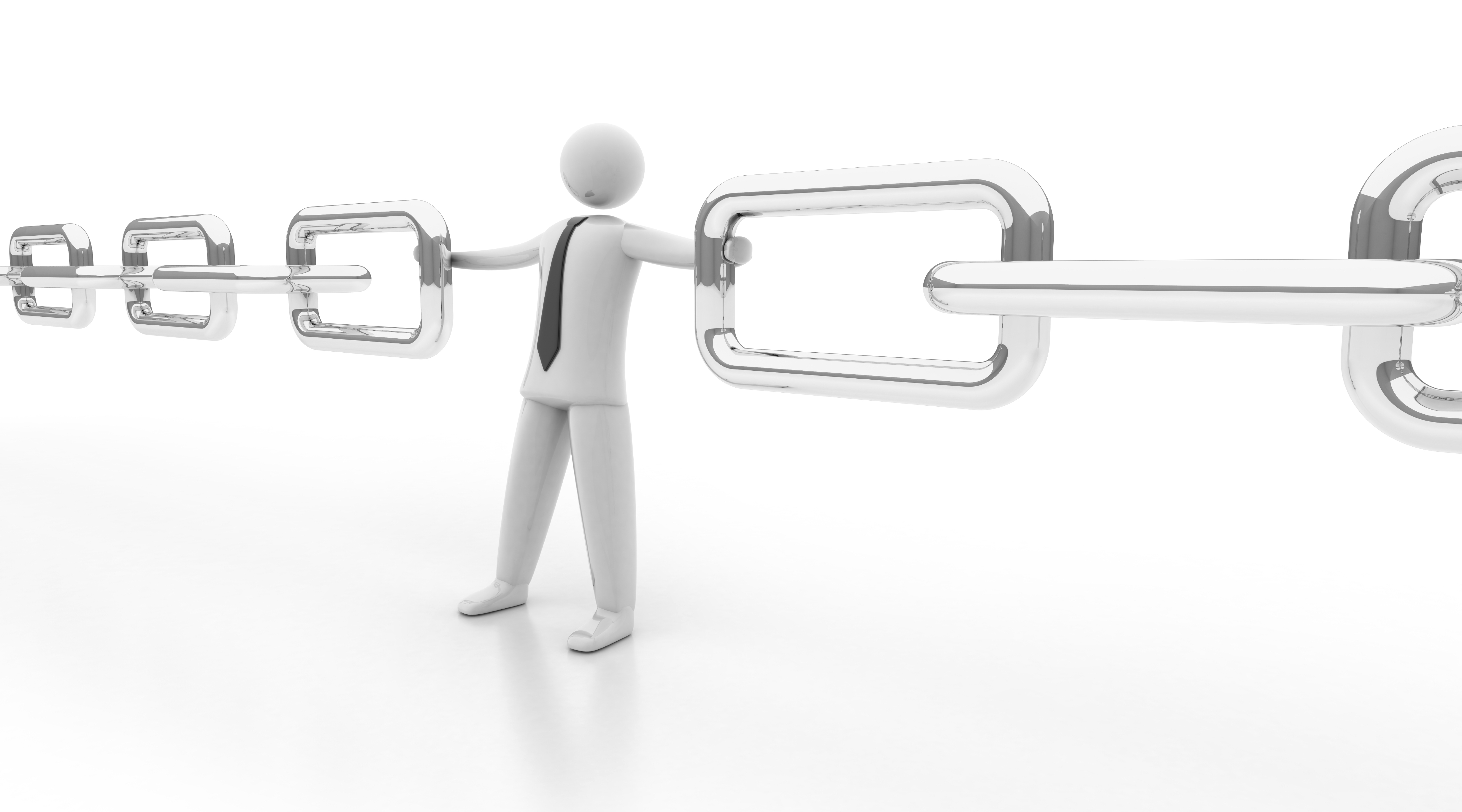We seem to be getting a lot of media queries at the moment about electronic payments, how they work, and how quickly they happen. Maybe this is a consequence of the increasing use of mobile banking – people can see things happening on their accounts wherever and whenever. This means that the mechanics of payments are more “in your face”.
In line with changing customer expectations, payments processing is speeding up, but doing this in a reliable and secure way itself takes time, given the size and importance of the system. Australia’s “direct entry” electronic payments system handles around 8 million payments a day, between about 35 payments organisations (banks and others). There are around 300,000 registered users – these are businesses that routinely use the system – and millions of account-holders. The system is the backbone of Australian business, supporting every kind of payment from big outlays, like commercial rents, through salary and wages (these days, nearly all of us get paid by direct entry) down to the little payments we make to each other on internet and mobile banking.
Here’s the skinny on electronic payments from a consumer perspective:
Exact timing varies from payment to payment because it depends on when the payments happens, and on the protocols and cut-off times of both banking institutions: payer and payee. That’s why most banking websites take a conservative approach and say a payment in or out should be available next business day or even “within 2 business days”.
In fact, it’s frequently a lot quicker. Payments from one account to another within one institution are usually immediate. Payments between institutions during business hours typically happen in a few hours – there were reforms to the clearing system in 2013 to enable this. But if the payment is initiated late in the day, over the weekend or on a holiday, it will still probably take until the next business day. If it takes longer than that, it may be because there has been a specific problem – such as incorrect routing information, or anti-fraud measures.
The industry is currently working on a real-time system, called the New Payments Platform, planned to be operational in 2017. This will allow payments to happen within a few seconds whether it’s in business hours or not. For more on NPP, see here.
Regardless of how long an electronic payment takes, there is typically no “gap” in interest benefit – no one is skimming anything off. As between paying and receiving institutions, there is always a single date when interest benefit passes from one to the other – the “as at” date. It’s then up to each institution to account to its own customer: the paying institution gives the payer interest benefit up to the as at date, and the receiving institution gives the benefit to the payee from that date. The details of interest entitlement vary, because there are many different kinds of accounts with different interest arrangements. If you really want to know how this works for your own account, the Terms and Conditions are the place to look.
There’s a lot going on behind that marvellous little device in your hand.



